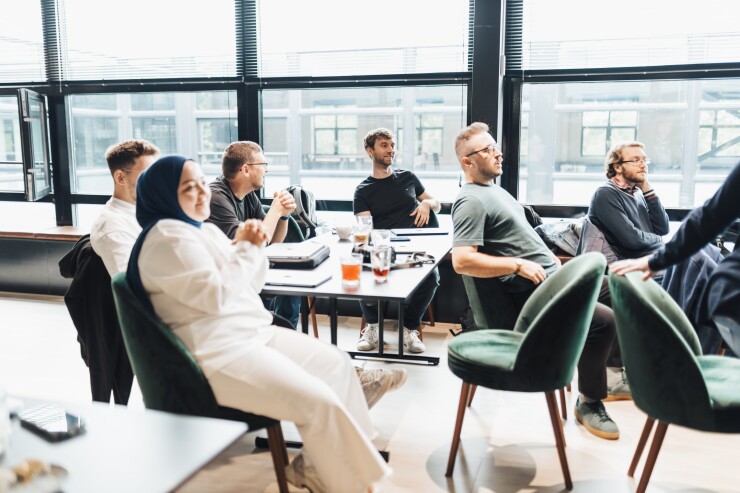By now, organizations have a much better understanding of the types of tasks and roles they can offload to artificial intelligence. But chatbots
According to a working paper from the Massachusetts Institute of Technology, the use of hyper-intelligent chatbots is raising productivity, decreasing inequality between workers and enhancing job satisfaction. In fact, 75% of respondents who implemented ChatGPT saw improvements in team morale, collaboration and collective learning. While there are positives to this partnership between AI and employees, there will
"Everything's going to have an effect on culture," says Danny Gutknecht, CEO of Pathways, a human resources platform. "AI is definitely going to change a lot about jobs as we know them, but it's not going to replace core human creativity, communication and connection — all of the things that make a culture."
Read more:
Companies across every industry
"AI is helping improve cognitive functions and can do a better job of thinking logically about things," Gutknecht says. "It might even free us up to be more effective at doing the things that humans do really well."
But in order to
Read more:
"Humans get better at things and evolve by engaging in conversations," Gutknecht says. "Those conversations have some sort of tension or conflict, or some sort of dynamic because that is how things get innovated. And that's one of the things that I don't see AI being able to ever do."
Moving forward, organizations
"Whether you're a leader or whether you're just somebody working within a company's culture, there's a connectedness," he says. "If we outsource all of that to AI, what happens to that capacity? Would we become much more shallow and lose depth? What if we instead used AI as just an assistant to gain depth? We should be looking for the answer to that."






